What is a power purchase agreement?
Power purchase agreements (PPA) enable businesses to purchase clean energy from a power generation facility either directly or virtually through the form of credits.
PPAs are agreements in which a third-party developer installs, owns and operates an energy system and then sells its electric output to a customer for a predetermined period. PPAs are advantageous to both parties: they allow customers to receive stable and often low-cost electricity with no upfront cost, and they enable the system’s owner to take advantage of tax credits while also receiving income from the electricity’s sale.
PPAs are highly customizable, flexible and beneficial in their ability to provide stable costs, customized contracts and long-term relationships with energy suppliers. For the seller, virtual PPAs are purely financial transactions that guarantee cash for the renewable energy project based on its output.
PPAs typically fall within a 10-to-25-year range, with 10-year agreements reserved for more entry-level PPAs. PPAs for 20 or 25 years are most common due to the more attractive terms and pricing that come with longer term agreements.
As long-term contracts, the electricity prices are locked in for the duration of the agreement. Prices can widely vary by region, averaging at $57.04 per MWh in the United States as of Q1 2025. According to LevelTen Energy, the Northeast has the highest PPA prices in the country with an average $116.06 per MWh in the NYISO region and $111.50 per MWh in the ISO-NE grid. The Texas ERCOT grid has the cheapest PPA prices in the country at an average $44.00 per MWh.
PPAs may be administered by third-party developers or government entities, such as public utility commissions. Some state governments provide a consumer protection framework for PPAs through legislation.
Virtual PPAs
With virtual PPAs, which are sometimes referred to as “synthetic PPAs,” buyers are not purchasing the actual electricity but instead receive the energy in the form of renewable energy credits (RECs), the currency of clean energy. Each REC represents 1 MWh of solar produced and delivered to the power grid. RECs enable companies to support renewable energy and credibly claim they purchased clean energy because RECs are trackable from the point of generation to the customer.
For example, one of the top corporations for solar procurement, Amazon, has a PPA for the full capacity of the 100 MW Ragsdale Solar Park in Mississippi. The PPA is virtual, so Amazon will not physically power its facilities with the electricity generated at the Mississippi facility. Instead, the Ragsdale Solar Park will provide power directly into Entergy Mississippi’s transmission system.
Or, for example, electronics manufacturer Danfoss is purchasing electricity generated at the Shakes Solar project in Texas through a virtual PPA, but the electricity generated will travel through a 148 kV transmission line to the Asherton substation over 16 miles away, where the electrons will then be delivered into people’s homes and other destination points.
Physical PPAs
With physical PPAs, the buyer purchases the physical electrons produced at the solar project to power their business. Physical PPAs can be tied to projects located on or offsite so long as there is a transmission line to connect their business with the generation.
Many schools have physical PPAs for solar projects located on the school grounds. For example, Mississippi’s Solar for School’s program enables schools to offset their electric bills without an upfront cost. Instead, a third-party solar company finances and owns the installation in exchange for tax credits, and sells the electricity to the school district through a PPA at the price of the utility’s avoided cost of energy plus 4.5 cents.
Different types of PPA structuring
Sleeved PPAs
A sleeved PPA is an agreement for the capacity, energy and renewable attributes of a renewable generator that is negotiated between the customer and the generator’s owner, and then executed by those parties and the customer’s utility.
Busbar PPAs
A busbar PPA is a bit different than traditional PPAs as busbar PPAs shift where responsibility begins and ends between the buyer and seller. Busbar PPAs shift operational responsibilities at the project’s busbar. With a busbar PPA, the seller delivers power up to the interconnection point (the busbar), which connects a facility’s generated power directly to the grid. Any risks with further transmission or grid fluctuations beyond the busbar then become the buyer’s responsibility.
Portfolio PPAs
Portfolio PPAs allow the buyer to purchase from across a portfolio of solar projects rather than from one specific project. Portfolio PPAs can be structured around the buyer’s needs, such as providing a mix of long- and short-term contracts, or by including a combination of fixed- and variable-pricing components.
Block Delivery PPAs
Block delivery PPAs are often used for solar projects that vary in how much electricity they generate over time, such as with community solar. Rather than receiving the electricity continuously, the buyer gets the power delivered at predetermined blocks of time. For the producer, block delivery PPAs provide a predictable revenue stream. For the buyer, block delivery PPAs can help reduce the costs further by enabling them to purchase electricity when it is in high supply and less expensive.
Prepaid PPAs
With prepaid PPAs, the buyer pays the total discounted cost of the full PPA up front instead of throughout the term of the agreement. This structure shifts risks onto the buyer, but for this reason, buyers are often able to negotiate more favorable PPA terms.
Learn more about PPAs
- Despite wind and solar’s low costs, PPAs remain vital
- Solar PPA market remains stable in Q1 2025
- The expanding commercial solar PPA landscape
This content is protected by copyright and may not be reused. If you want to cooperate with us and would like to reuse some of our content, please contact: editors@pv-magazine.com.
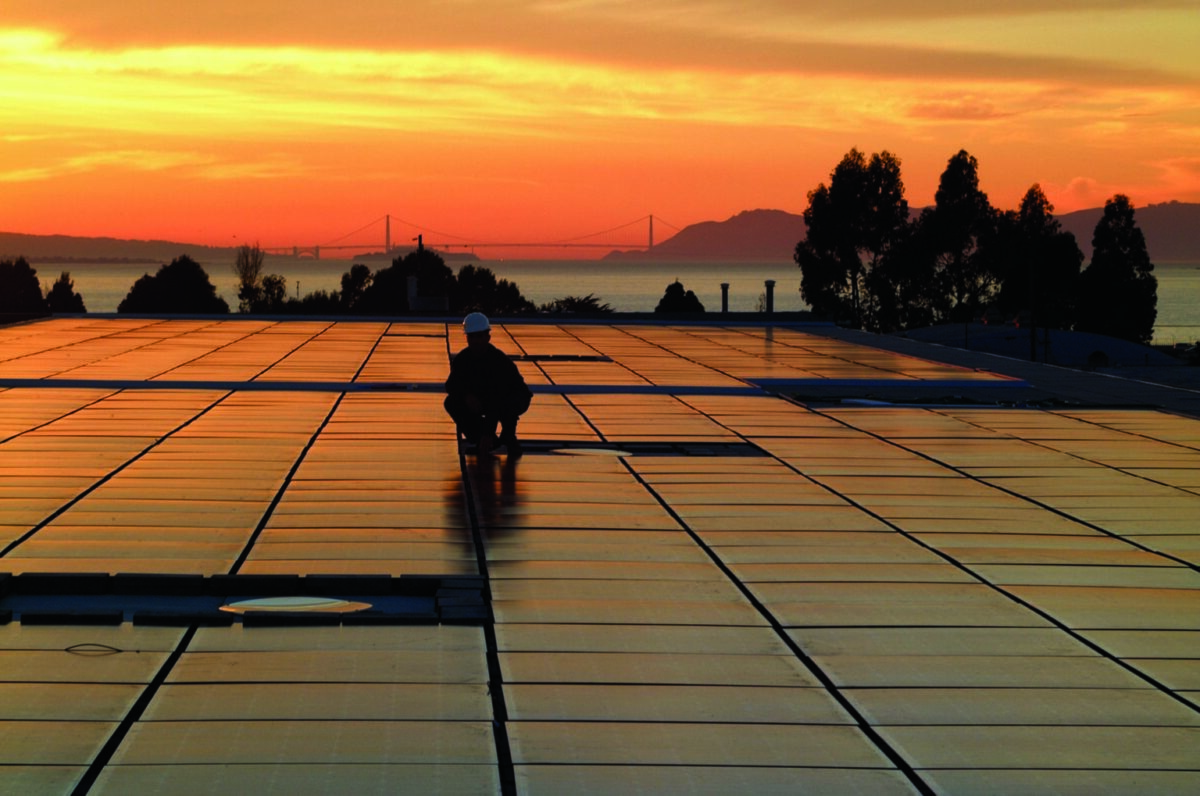
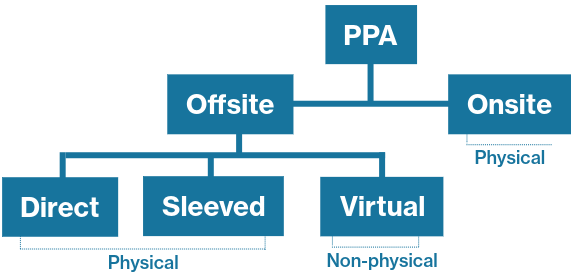




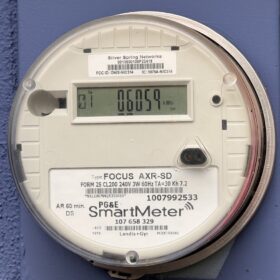
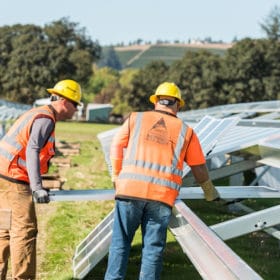
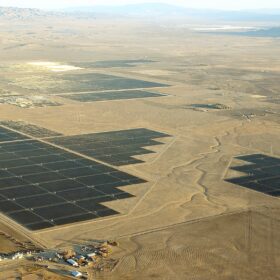

By submitting this form you agree to pv magazine using your data for the purposes of publishing your comment.
Your personal data will only be disclosed or otherwise transmitted to third parties for the purposes of spam filtering or if this is necessary for technical maintenance of the website. Any other transfer to third parties will not take place unless this is justified on the basis of applicable data protection regulations or if pv magazine is legally obliged to do so.
You may revoke this consent at any time with effect for the future, in which case your personal data will be deleted immediately. Otherwise, your data will be deleted if pv magazine has processed your request or the purpose of data storage is fulfilled.
Further information on data privacy can be found in our Data Protection Policy.